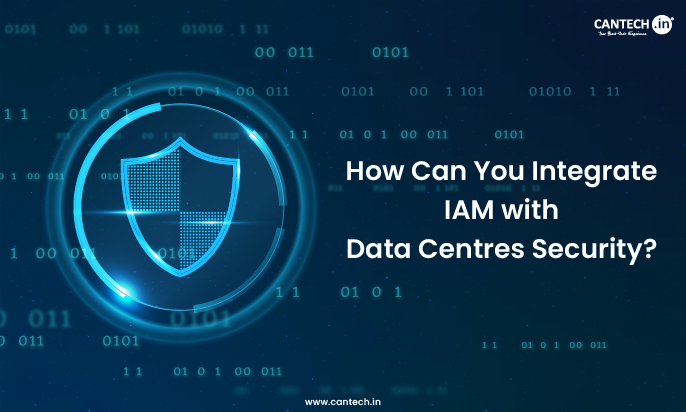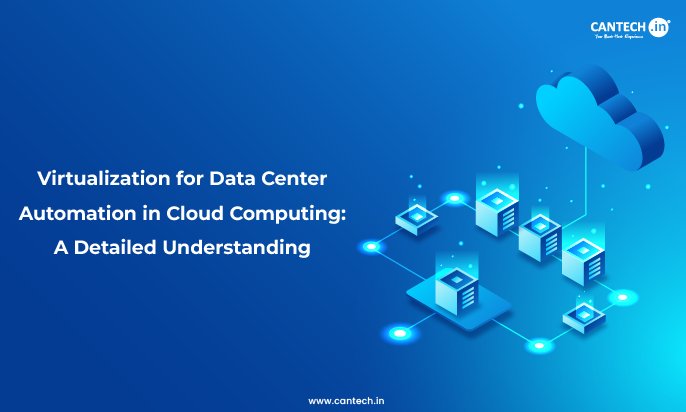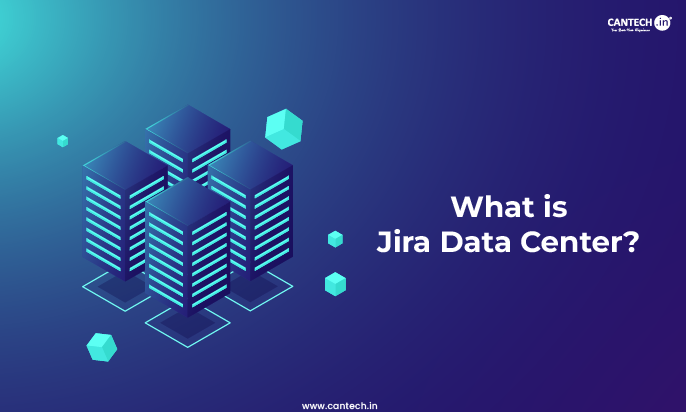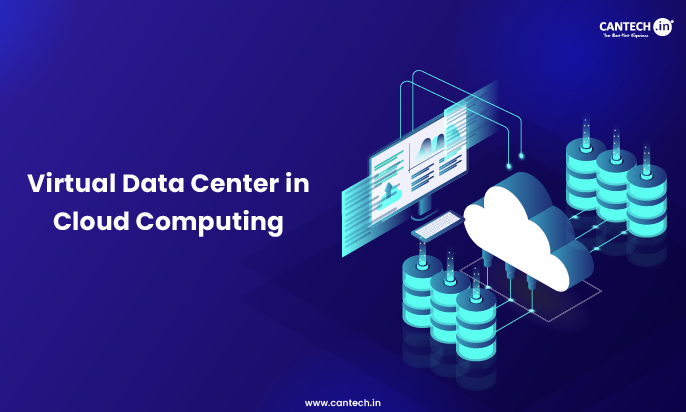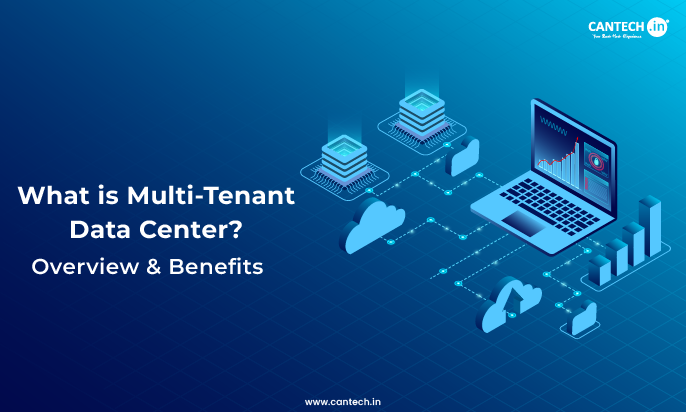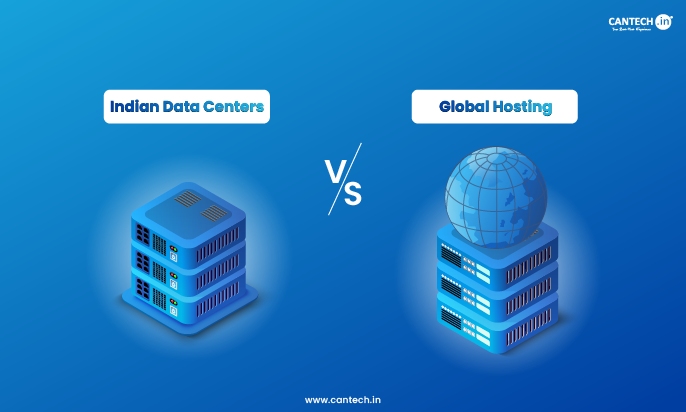Securing data centers is essential for business organizations as they have large amounts of sensitive and confidential information that needs to be secured from unauthorized access, theft, and cyber attacks. Data breaches lead to major financial losses, legal liabilities, and significant damage to the organization’s reputation. Hence, it is crucial to have strong and reliable security measures and best practices to secure data centers. One effective way to secure data centers is through Identity and Access Management (IAM) integration.
What Is Identity and Access Management (IAM)
Identity and access management or IAM in short, is a term used to define a set of practices for managing users’ identities and the permissions that are associated with them. Basically, IAM systems enable organizations to allow only verified/authorized users to have access to necessary resources for intended tasks. Apart from this, they also monitor the users, time of access and type of resources that are accessed for comprehensive security. IAM systems can also be used to manage passwords and other authentication information.
Importance of IAM for Data Center Security
Here is why IAM for Data center security is
Strong Access Control
IAM strengthens data center security by implementing strict access controls, ensuring only authorized users to have access to sensitive information. It also reduces exposure to internal and external threats in high-risk environments.
Protection of Sensitive Resources
Data centers store critical and sensitive information and IAM makes sure that access is strictly permitted only on need to know bases. This approach reduces any unauthorized actions, safeguards critical systems and lowers the likelihood of data breaches.
Improved Visibility and Traceability
IAM offers detailed audit trails that take record of every access attempt and action. This ability to trace supports regulatory compliance, makes investigation simple and helps threats or suspicious behaviour quickly.
How IAM works
Identity management solutions usually perform two activities such as :
- IAM verifies user, software, or hardware by authenticating their credentials against a secure database. IAM cloud identity tools are more effective and secure than conventional security tools.
- Identity access management systems allow only limited access. Instead of granting excessive access to the entire software stack, IAM enables for restricted access to perform intended tasks respective roles such as editor, viewer, and commenter in a content management system.
Integration of IAM With Data Center Security
Integrating identity and access management (IAM) in data centers improves security and control over sensitive data and resources. These approaches comprises meticulous planning, effective deployment, centralized management and complete monitoring.
Assessment and Planning
Proper IAM integration starts with analyzing existing security issues, setting clear goals, including stakeholders and establishing strong access policies. This foundation enables effective alignment of IAM with business needs and improvement of overall security.
Deployment Strategies
Deploy IAM in a gradual manner with zero- trust framework and adaptive MFA for continuous verification. Perform tests in pilot environments, make sure it is compatible with current systems and provide thorough documentation and training for easy adoption.
Centralized control and Management
Centralized IAM combines user access, improves policy enforcement and strengthens visibility across systems. It minimizes administrative effort, prevents inconsistent permissions, simplifies the onboarding and offboarding process and strengthens the entire consistency of security.
Monitoring and Audit Trails
Continuous monitoring identifies threats and vulnerabilities early, on the other hand, audit logs track all user actions. Automated logging supports compliance, improves accuracy, aims investigations and boosts confidence in organization’s security practices.
Business Benefits of IAM Integration
IAM systems offers several business benefits such as:
Minimizes administrative overhead
IAM systems help you automate many routine tasks which belong to managing users. Besides this it reduces administrative expenses and allows employees to focus more on other strategic tasks.
Improves compliance posture
IAM systems can help organizations meet compliance requirements, such as those set forth by the Payment Card Industry Data Security Standard (PCI DSS) and the Health Insurance Portability and Accountability Act (HIPAA).
Secure user authentication and low help desk costs
IAM systems enable an efficient and secure way for employees to self-authenticate when they want to access company resources. IAM systems can help lower help desk expenses by automating routine tasks such as password resets.
IAM Tools and Methods
Here are the tools and methods of IAM:
Multi-Factor Authentication (MFA)
MFA improves identity verification through multiple factors such as TOTPs, passwords or biometrics. This layered approach lowers account compromise risks and ensures that only verified users get access to sensitive systems and applications.
Single Sign-On (SSO)
SSO lets users access multiple applications with a single authenticated login. It improves convenience on the other hand gives administrators central control for permission management, user provisioning and restricts unauthorized access across systems.
Role Based Access Control (RBAC)
RBAC allows permissions based on defined roles like admin, contractor or user. It makes access management simple and allows least privilege, supports collaboration and eliminates excessive permissions in large organizations.
Zero Trust Framework
Zero trust framework enables continuous and stringent verification for every access request. Combined with RBAC, it restricts unauthorized access, breaches and prevents attackers lateral movements across networks or sensitive systems.
Conclusion
IAM can help improve security by providing a centralized way to control user access, and by allowing administrators to easily detect and respond to potential security threats. IAM can also help improve compliance with government and industry regulations governing data privacy and security.
FAQs
What is an IAM security tool?
Identity and access management is a cybersecurity framework in which the IT team controls all the access to computer systems, cloud applications, networks, and assets based on each user or device’s digital identity.
What are the security tools in IAM?
Using IAM technology minimizes risk of data breaches. IAM tools like MFA, password less authentication, and SSO provide the users the ability to verify their identities using more than just a username and password.
What are the 4 A’s of IAM?
The “Four A’s” of IAM are Administration, Authentication, Authorization, and Audit.
What is the IAM lifecycle model?
IAM (Identity and Access Management) lifecycle refers to the end-to-end is a systematic process of managing digital identities and access privileges throughout their entire time in an organization.
